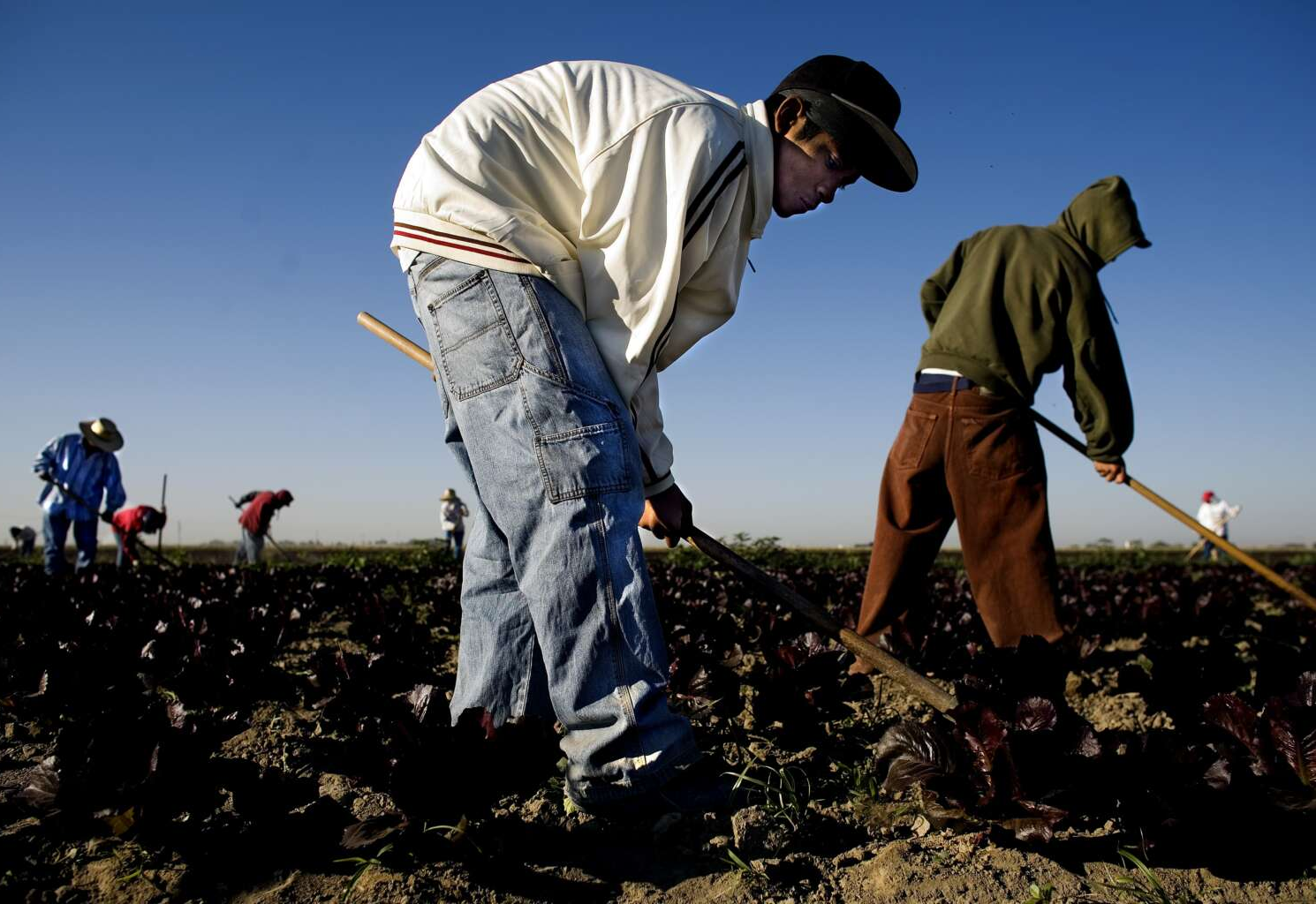
Washington, February 19 (RHC)-- Current workplace fatality figures, released by the Bureau of Labor Statistics (BLS) in December 2023, show that on-the-job deaths in the United States have jumped significantly, reaching their highest level in ten years.
The results, obtained as part of the Census of Fatal Occupational Injuries (CFOI), analyzed information collected over the course of 2022 — and documented a notable 5.7 percent increase in workplace deaths in the U.S. during the relevant 2021-2022 census period.
The toll represented a 10-year high for fatal work injuries. Nearly 6,000 U.S. workers died on the job — and, another BLS survey found, a startling total of 2.8 million were injured or sickened.
Worker safety in the U.S., while comparing favorably to industrializing postcolonial states, is not commensurate with the nation’s wealth, nor with the standards of other developed capitalist countries. The grim results of 2022 are the consequences of collapsing regulatory oversight and the degradation of worker power in the U.S. — two hallmarks of the neoliberal era and its consolidated corporate dominance.
The BLS report on the CFOI findings put its tally in disturbing perspective: The 5.7 percent mortality increase means that, on average, a U.S. worker was killed at work every 96 minutes in 2022. The census also indicated that Black and Latiné workers died on the job at disproportionate rates. Black workers, for instance, were far more likely to be the victims of a homicide during the workday, especially those employed in retail; the same was true of women in general. Of Latiné employees, over half of the recorded deaths were of foreign-born workers.
These are marked racial disparities. Per the BLS release, workplace deaths of people of color were distinctly higher than the average rate of 3.7 per 100,000 full-time workers, reaching 4.2 for Black workers and 4.6 for Latiné workers. Many of the latter work in agriculture — and out of all occupations, farming, fishing and forestry “had the highest fatality rate” of “23.5 fatalities per 100,000” full-time workers, which is also “up from 20.0 in 2021.”
Agriculture may be the deadliest occupation, but across sectors, the CFOI found that “transportation incidents” were the most common cause of death, making up nearly 40 percent of all workplace fatalities: another perhaps less than surprising statistic, given the deadliness of U.S. car culture to workers and everyone else besides.
Tracey Cekada is chairperson and professor of the Safety Sciences Department at Indiana University of Pennsylvania (IUP). Reached by Truthout, Cekada pointed out an effect particular to the contingent of immigrant employees. “Fatalities among foreign-born Hispanic or Latino workers need to be addressed, as we are seeing a growing number of Spanish-speaking employees enter the workforce. These communication barriers put workers at risk,” she said.
The construction industry accounted for an outsized percentage of the deaths of foreign-born workers, with 316 out of the 792 total that year. It’s not hard to imagine that communication lapses between workers on an active construction site could feasibly create dangerous situations.
On average, a U.S. worker was killed at work every 96 minutes in 2022.
Part of Cekada’s work at the IUP involves addressing “ways to improve communication [in organizations] between groups where English is not their primary language.” The Safety Sciences Department offers a Spanish language certificate to “help safety professionals communicate with a diverse workforce.” Cekada and the Safety Sciences Department at IUP also offer a unique, and free, Occupational Safety and Health Administration (OSHA) Consultation program. Fully independent of the agency itself, the program provides evaluations and assistance to businesses in understanding and meeting compliance standards.
OSHA, since its instantiation in a 1970, has invariably been the nation’s embattled watchdog, looking out for worker safety in on the job matters of life and death.

